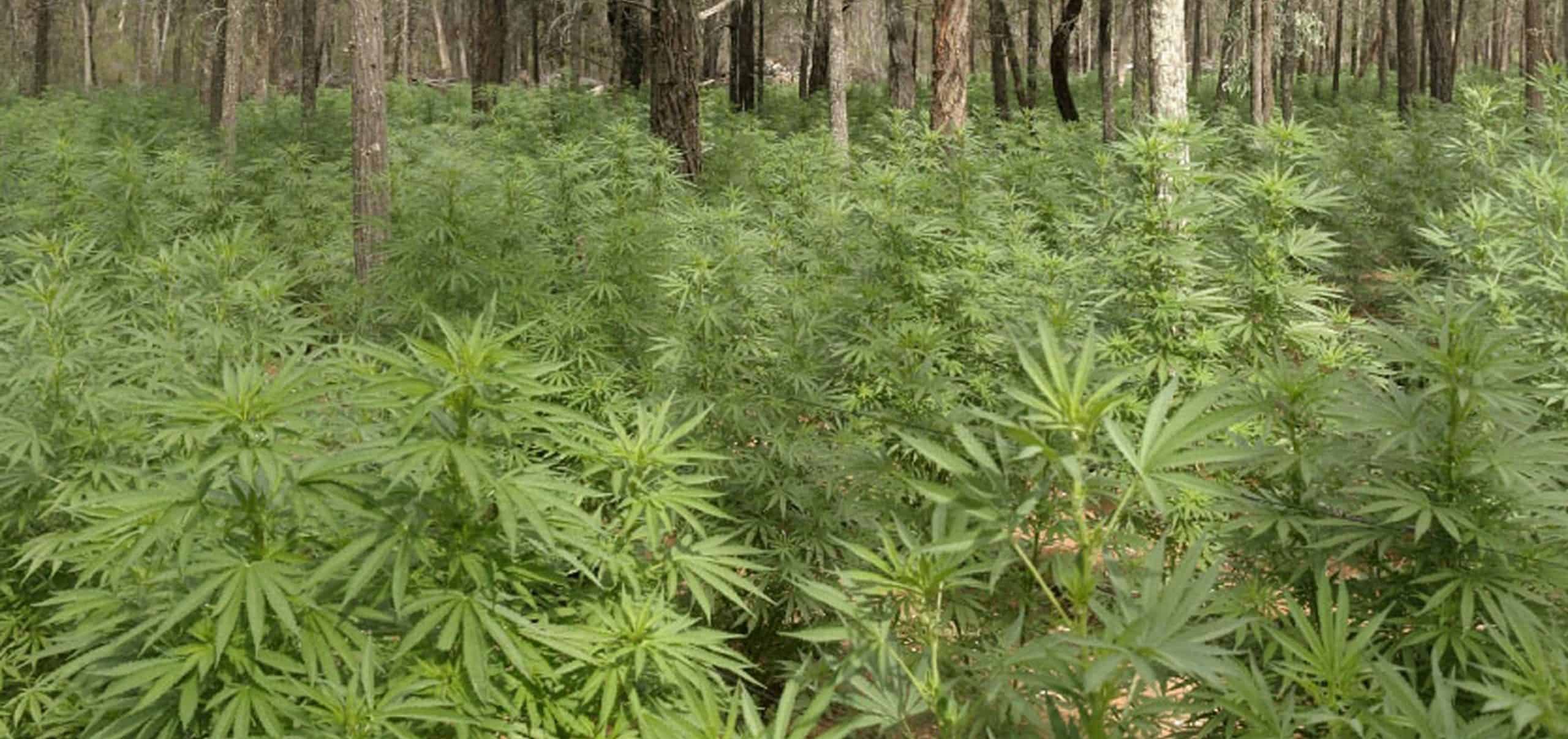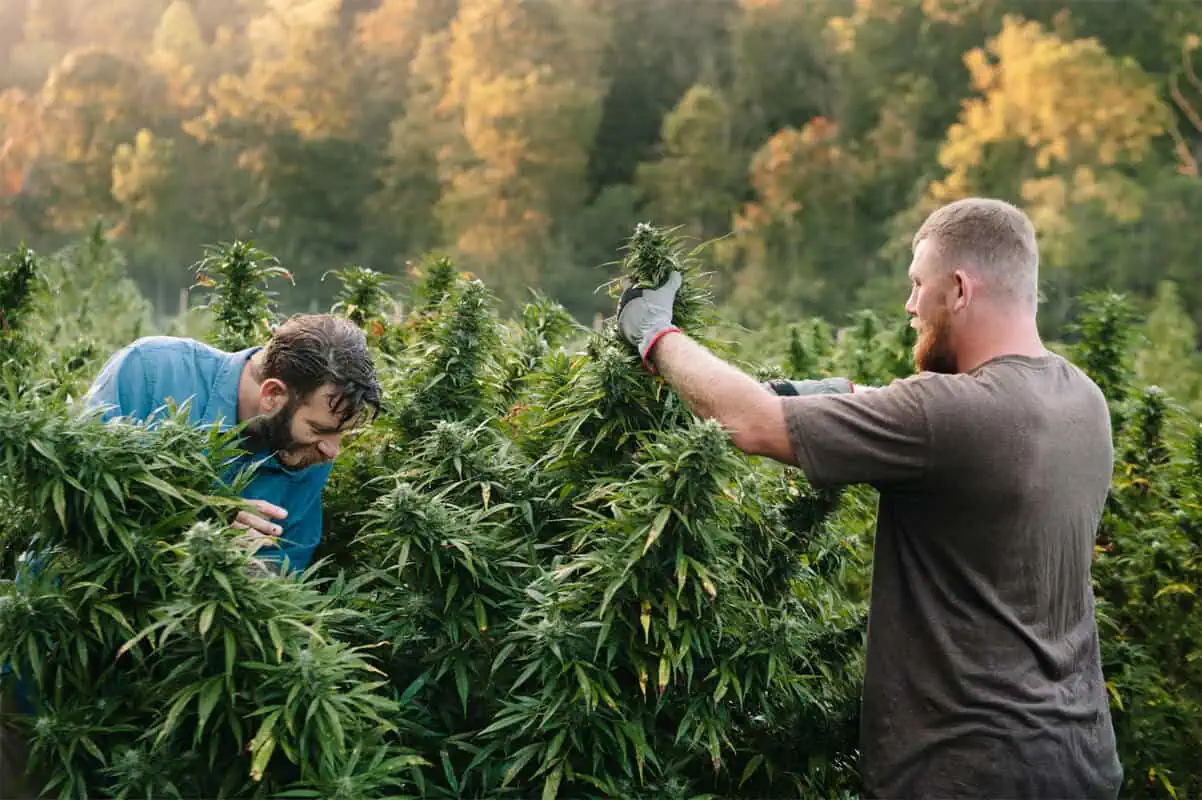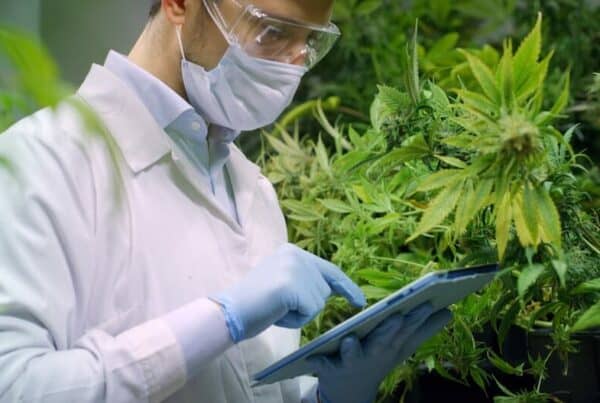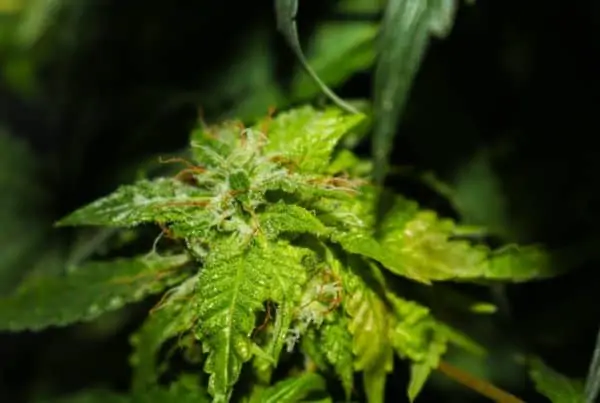TABLE OF CONTENTS
Indoor and outdoor cannabis growing are two distinct methods of cultivating cannabis plants, each with its own set of advantages and challenges.
The Environment
Indoor cultivation allows for precise control over environmental factors such as temperature, humidity, light intensity, and air circulation. Growers can create optimal conditions for cannabis plants, which can result in higher yields and potency.
Outdoor cultivation relies on natural sunlight and environmental conditions. Growers have limited control over these factors, and the plants are subject to seasonal changes and weather fluctuations.
Lighting
Artificial lighting, such as high-intensity discharge (HID) lamps, LEDs, or fluorescent lights, is used to simulate sunlight during the vegetative and flowering stages. This allows for year-round cultivation regardless of the outdoor season.
Cannabis plants rely on natural sunlight, which follows a natural photoperiod. Outdoor growing is typically seasonal, with plants maturing during the late summer or fall.
Quality of the Cannabis
Indoor cultivation often results in higher-quality buds and more predictable yields since growers have more control over the growing conditions. It is also possible to have multiple harvests in a year.
Outdoor cultivation can yield larger quantities of cannabis but may be more susceptible to environmental factors. The quality of the final product can vary based on weather conditions and soil quality.
Disease and Pest Management
Indoor environments are generally more controlled and less susceptible to pests and diseases. However, pests can still be an issue, and growers may need to implement preventive measures.
Outdoor crops are exposed to a wider range of potential pests and diseases, making pest management more challenging. Natural predators and organic methods are often used to control issues in outdoor cultivation.
The Cost Comparison
Indoor cultivation typically requires a higher initial investment due to the cost of equipment (lights, ventilation, grow tents, etc.) and ongoing electricity costs. It also demands more attention and resources to maintain the controlled environment.
In general, outdoor cultivation is less expensive to set up and maintain over time. It uses less energy because it is dependent on natural resources like soil and sunshine. However, pests and illnesses could pose a threat to crops grown outside.
Conclusion
The decision between growing cannabis inside and outdoors ultimately comes down to the objectives of the grower, the resources at hand, and local laws.
Some producers even decide to combine the two approaches, using light-deprivation or greenhouse techniques to get the benefits of both indoor and outdoor cultivation.
“
There are over 300,000 jobs in the cannabis industry. CTU trained me for one of them!

Makes $24.50 @ THC +
To learn more about how to grow indoor cannabis and outdoor cannabis, take a look at the Cannabis Training University.

Luis Cordova
Luis Cordova is a distinguished author, and renowned expert in cannabis cultivation, who possesses a Master's degree in Plant Biotechnology and Pharmaceutical Science. As a valued contributor to highly esteemed publications such as Cannabis Training University and Maximum Yield Magazine, Luis has emerged as a trusted source of guidance and knowledge in the cannabis industry. Having written thousands of informative articles, Luis is widely recognized for his comprehensive expertise on cultivating cannabis, both indoors and outdoors.












 Jeff was involved in an accident where he endured a traumatic brain injury. He had a week-long stay in ICU where brain surgeons
Jeff was involved in an accident where he endured a traumatic brain injury. He had a week-long stay in ICU where brain surgeons  100% risk free money back guarantee within 48 hours after purchase if student has not completed any of the courses or exams.
100% risk free money back guarantee within 48 hours after purchase if student has not completed any of the courses or exams.